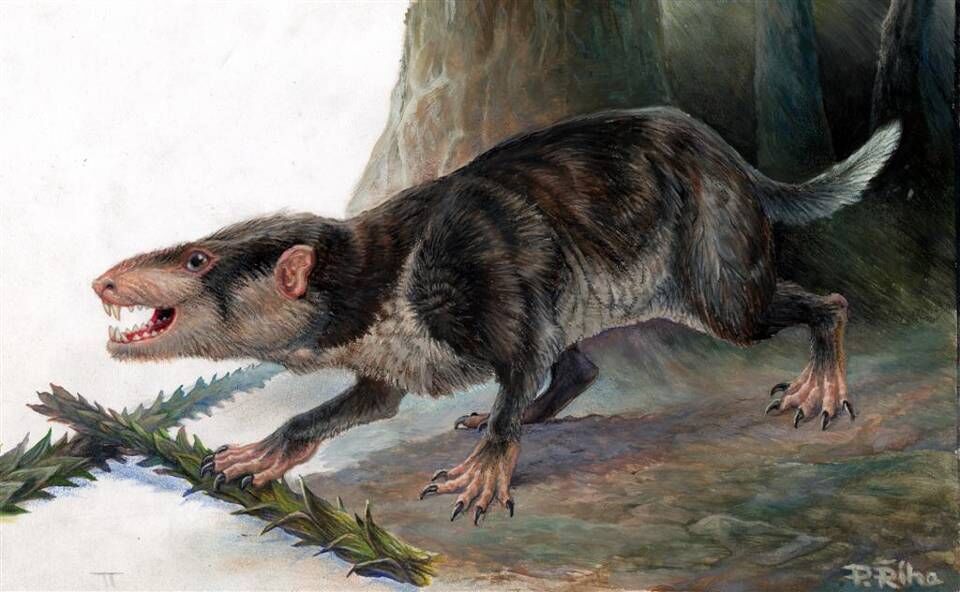Welcome to Acinacodus

Name Definition
unavailable
Name Given By
A. V. Lopatin, E. N. Maschenko, and A. O. Averianov in 2010
Location
Ilek Formation of Western Siberia, Russia
Classification
Mammalia, Eutriconodonta, Amphidontoidea, Amphidontidae
Size
unavailable
Temporal Range
Barremian - Aptian stages of the early Cretaceous, approximately 129 - 113 million years ago
Ecological niche
small carnivore/insectivore?
Species/Sub Species
A. tagaricus
Diet
like other eutriconodonts, Acinacodus probably hunted insects or smaller vertebrates
Introduction
Acinacodus is a genus of small amphidontid mammals that lived in Siberia during the early Cretaceous.
Acinacodus, like many other mammals of the Mesozoic, lived in the dinosaurs’ shadows. They were primitive and small, making them no match for any dinosaur or other reptile as a matter of fact, and they would have also been hunted by the smaller theropods. Though they would eventually fill the ecological niches that were once the dinosaurs’ during the Cenozoic, and small mammals like Acinacodus would have been their ancestor. Acinacodus, like many other Mesozoic mammals, was a shrew-sized ground-dwelling animal that would have primarily hunted on insects, similar to other eutriconodonts. Living in Siberia, Acinacodus lived alongside many other prehistoric residents of Siberia including dinosaurs such as the primitive bird Mystiornis, the basal ceratopsian Psittacosaurus, the titanosaur Sibirotitan, as well as some indeterminate remains of a titanosaur and two theropods. There are some other mammals that have been reported from the Ilek Formation as well as reptiles including turtles, crocodylomorphs, and lizards.